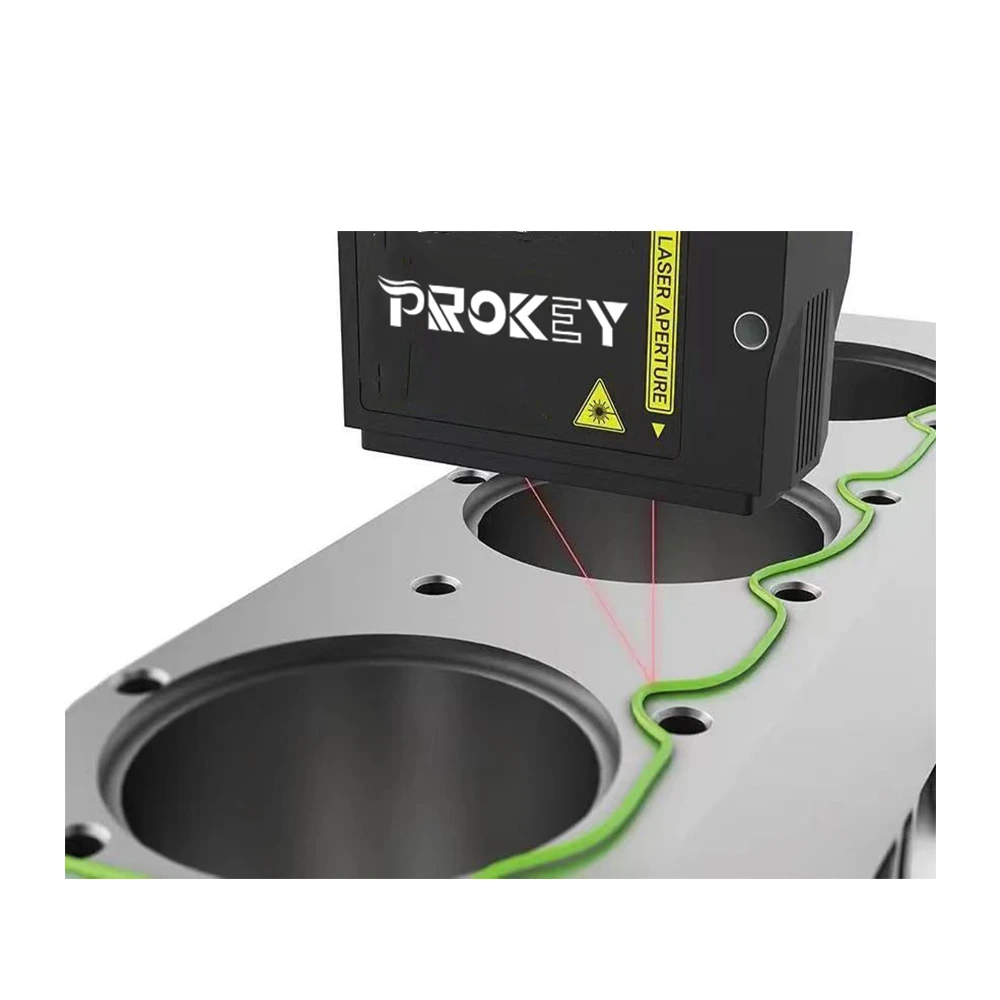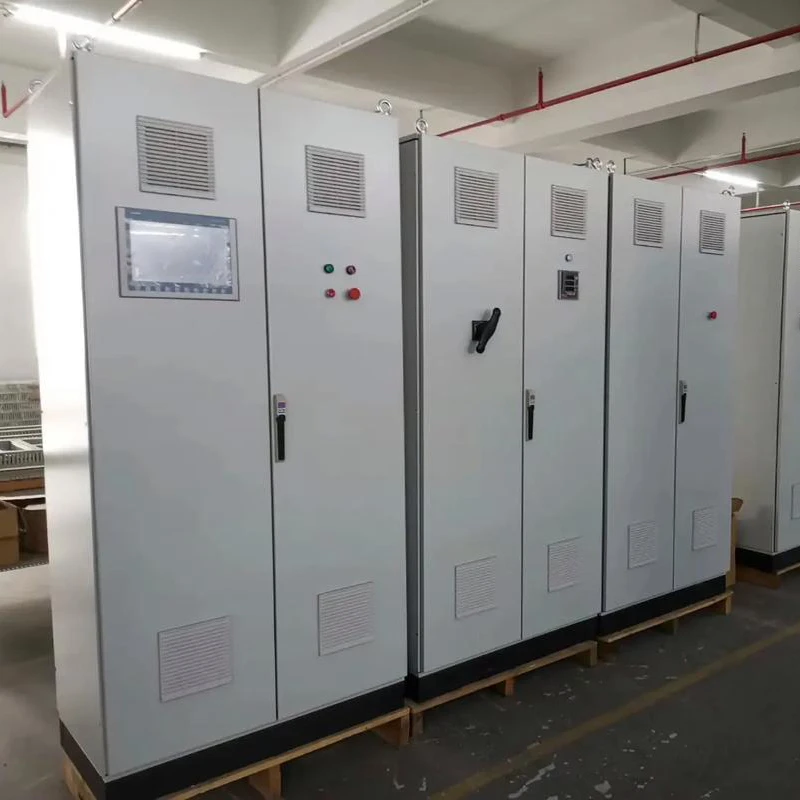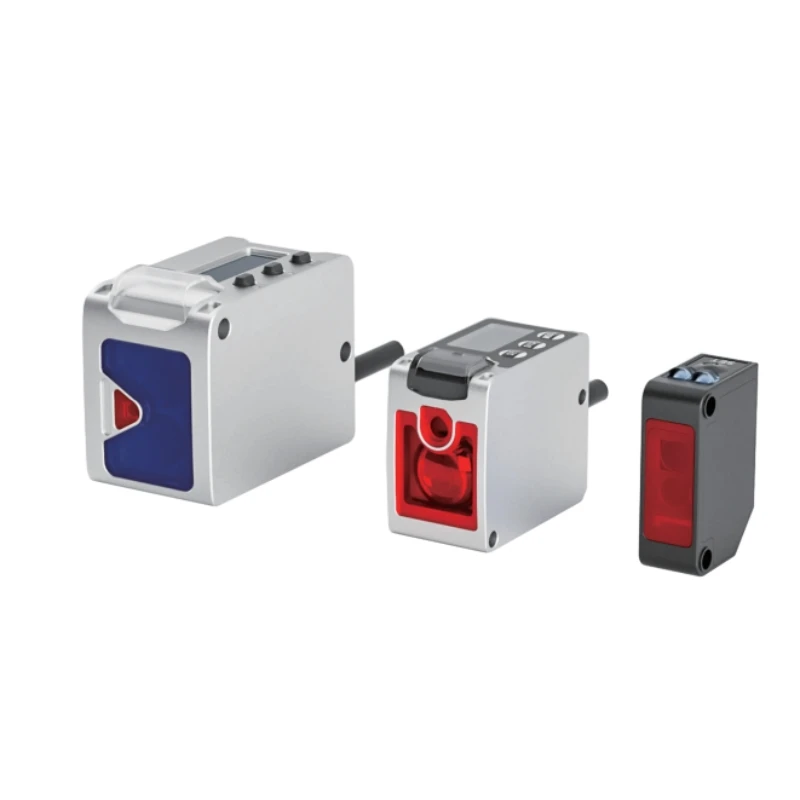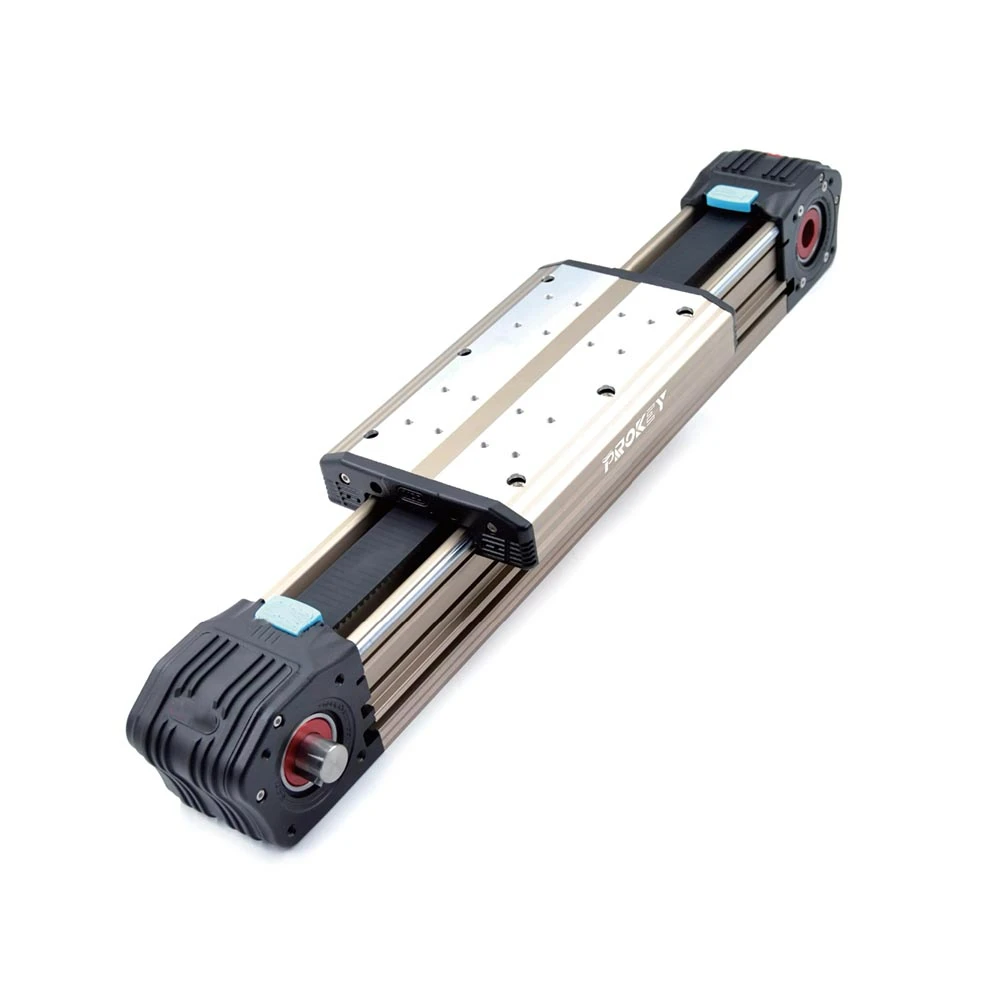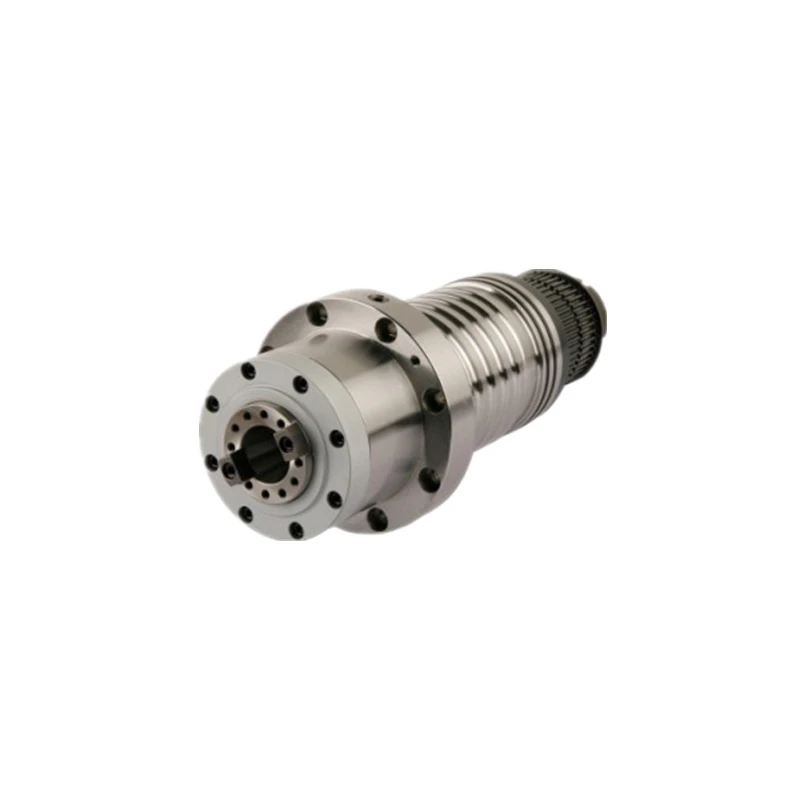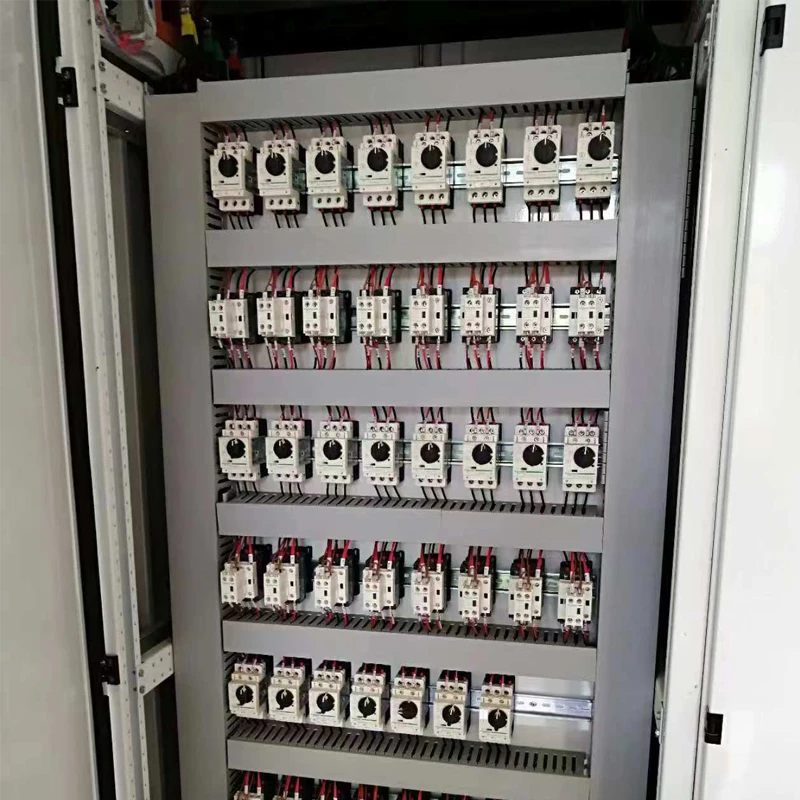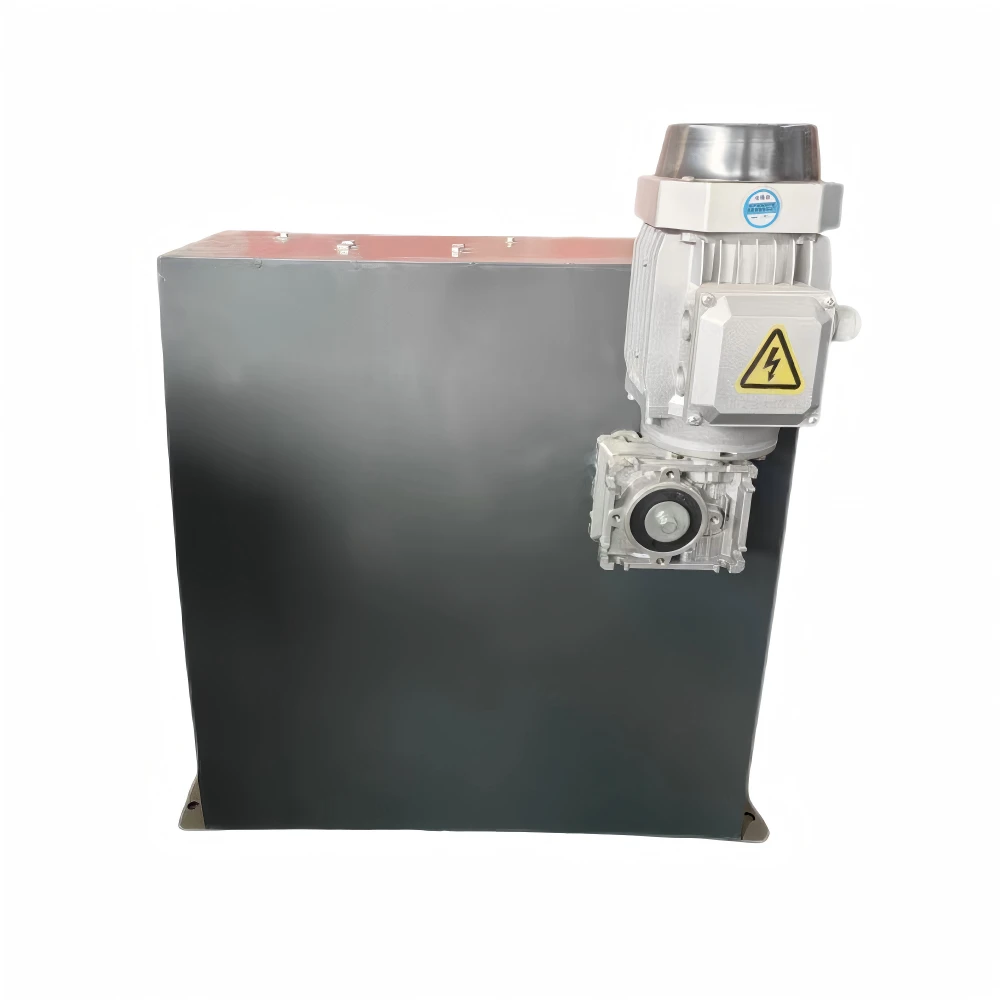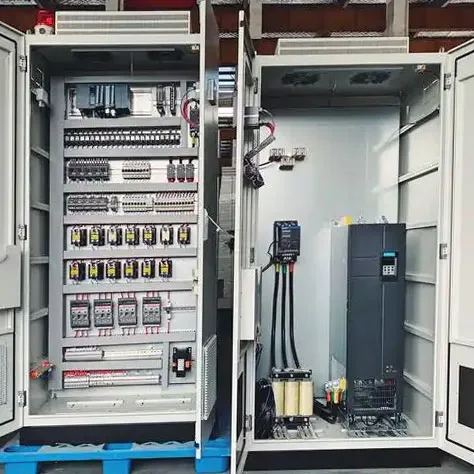1 月 . 17, 2025 14:19 Back to list
The Role of PLCs in Smart Manufacturing and Automation
In the era of smart manufacturing, the importance of automation technologies cannot be overstated. Programmable Logic Controllers (PLCs) are at the heart of this revolution, enabling industries to streamline operations, improve efficiency, and enhance product quality. With the rise of Industry 4.0, PLCs are evolving from simple control systems to sophisticated solutions capable of integrating with the Internet of Things (IoT), big data, and advanced analytics. This article explores the critical role of PLCs in smart manufacturing and automation.

What is a PLC?
A Programmable Logic Controller (PLC) is a specialized computer used for controlling industrial processes and machinery. Initially developed in the 1960s as a replacement for relay-based control systems, plc controller have since evolved into complex devices that can monitor inputs and outputs, perform logic-based calculations, and communicate with other devices in an industrial network. The PLC's flexibility in programming and ability to handle real-time control tasks makes it an indispensable component in modern automation systems.
Enhancing Automation with PLCs
In traditional manufacturing, machines and processes were manually controlled or operated through hardwired relay systems. PLCs revolutionized automation by replacing these systems with more efficient, programmable solutions that could be adapted for various tasks. Today, plc programming are used in industries ranging from automotive production lines to food processing plants, offering precise control over operations such as assembly, packaging, material handling, and more.
One of the key advantages of PLCs in automation is their ability to handle a variety of input and output devices. Sensors, switches, and motors can be connected to a PLC, which processes this information and makes real-time decisions to control the system. This level of automation helps manufacturers improve product consistency, reduce errors, and maintain continuous operations, even in complex environments.
PLCs in Smart Manufacturing: Integrating with IoT and Data Analytics
Smart manufacturing goes beyond automation to embrace data-driven decision-making, enhanced connectivity, and predictive maintenance. PLCs play a pivotal role in enabling this transformation by acting as a bridge between machines and advanced technologies like the Internet of Things (IoT) and big data analytics.
IoT integration is one of the most significant advancements in modern manufacturing. PLCs can connect to IoT devices, allowing them to collect data from machines, sensors, and other equipment in real time. This data can be sent to centralized systems for further analysis, providing manufacturers with insights into machine performance, efficiency, and potential issues. For example, by monitoring vibration levels, temperature, and other variables, PLCs can help predict when maintenance is required, reducing the risk of downtime and extending the life of equipment.
Big data analytics is another area where PLCs contribute to smart manufacturing. By feeding real-time data from PLCs into analytical platforms, manufacturers can identify patterns and trends that inform decision-making. This could include optimizing production schedules, improving quality control, or adjusting processes to minimize waste. The integration of PLCs with data analytics also facilitates the implementation of closed-loop control systems, where machines autonomously adjust their operations based on real-time data.
Improving Efficiency and Reducing Costs With PLCs
One of the most significant benefits of PLCs in smart manufacturing is their impact on operational efficiency. By automating complex tasks and integrating with other systems, PLCs help manufacturers reduce human intervention, minimize errors, and optimize processes. For instance, in a manufacturing environment where multiple machines are in operation, PLCs can synchronize these machines to work together more effectively, ensuring that production lines run smoothly without bottlenecks or delays.
Moreover, PLCs help reduce costs by improving resource utilization. With precise control over processes, manufacturers can optimize energy consumption, reduce waste, and maintain consistent product quality. For example, a PLC-controlled system can adjust the speed of a conveyor belt based on the production rate, ensuring that energy is used only when necessary and reducing unnecessary consumption.
Enhancing Flexibility and Scalability With PLCs
Modern manufacturing systems require flexibility to adapt to changing production needs, whether it's introducing new products, adjusting production volumes, or accommodating different types of equipment. PLCs offer manufacturers this flexibility by allowing for easy reprogramming and system modifications. Unlike traditional relay-based systems, which often require significant hardware changes to accommodate new tasks, PLCs can be reprogrammed with minimal disruption to operations. This adaptability is crucial in industries where speed to market and customization are key factors for success.
PLCs also offer scalability, allowing manufacturers to expand their automation systems as needed. Whether it's adding more machines to a production line or integrating additional sensors and devices, PLCs can handle the increased load with ease. This scalability ensures that manufacturers can grow their operations without having to replace or redesign their entire control system.
The Future of PLCs in Smart Manufacturing
As technology continues to evolve, PLCs will remain a central component of smart manufacturing systems. Their integration with IoT, big data, and artificial intelligence is poised to create even more sophisticated and efficient manufacturing environments. For instance, PLCs could work in tandem with machine learning algorithms to enable predictive maintenance that not only identifies when equipment is likely to fail but also suggests corrective actions in real time.
Additionally, with the rise of cloud computing, PLCs will likely become even more connected, enabling remote monitoring and control of manufacturing operations from anywhere in the world. This connectivity will provide manufacturers with greater control over their operations, offering insights and actionable data that can improve productivity and profitability.
-
Why Steel Mills Rely on FODA’s High-Temperature Cylindrical Roller Bearings?
NewsApr.10,2025
-
What is a Plain Bearing? A Complete Guide to Design & Functionality
NewsApr.10,2025
-
Thrust Ball Bearings vs. Tapered Roller Bearings: FODA’s Performance Comparison
NewsApr.10,2025
-
The Engineering Behind FODA Thrust Ball Bearings: Precision for High-Speed Applications
NewsApr.10,2025
-
No More Compromises: Get Precision-Engineered Custom Bearings Tailored to Your Exact Specifications
NewsApr.10,2025
-
In-Depth Analysis: Application Differences of Different Types of Angular Contact Ball Bearings
NewsApr.10,2025
Products categories



